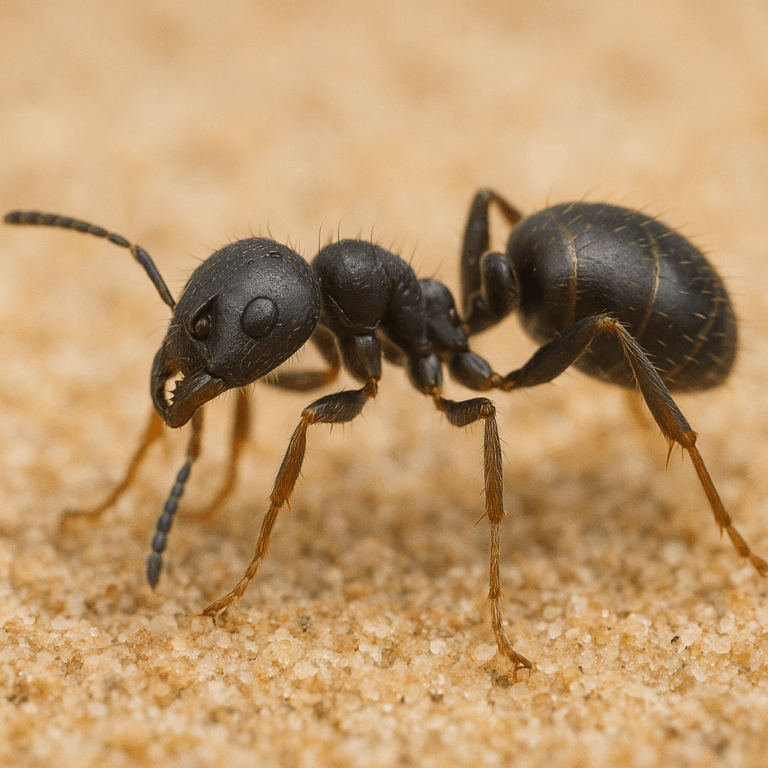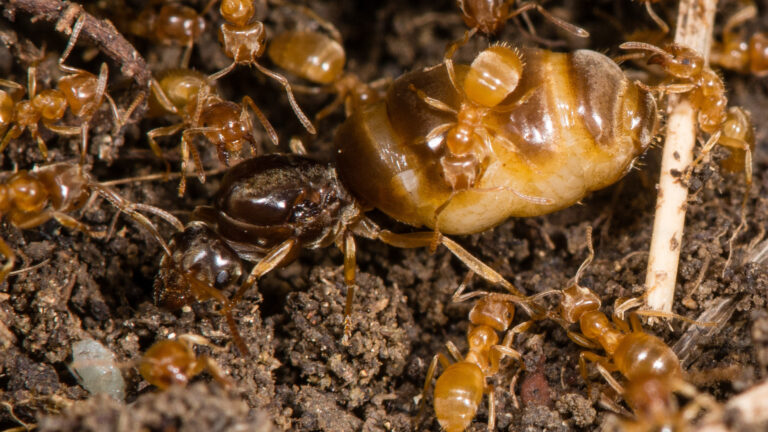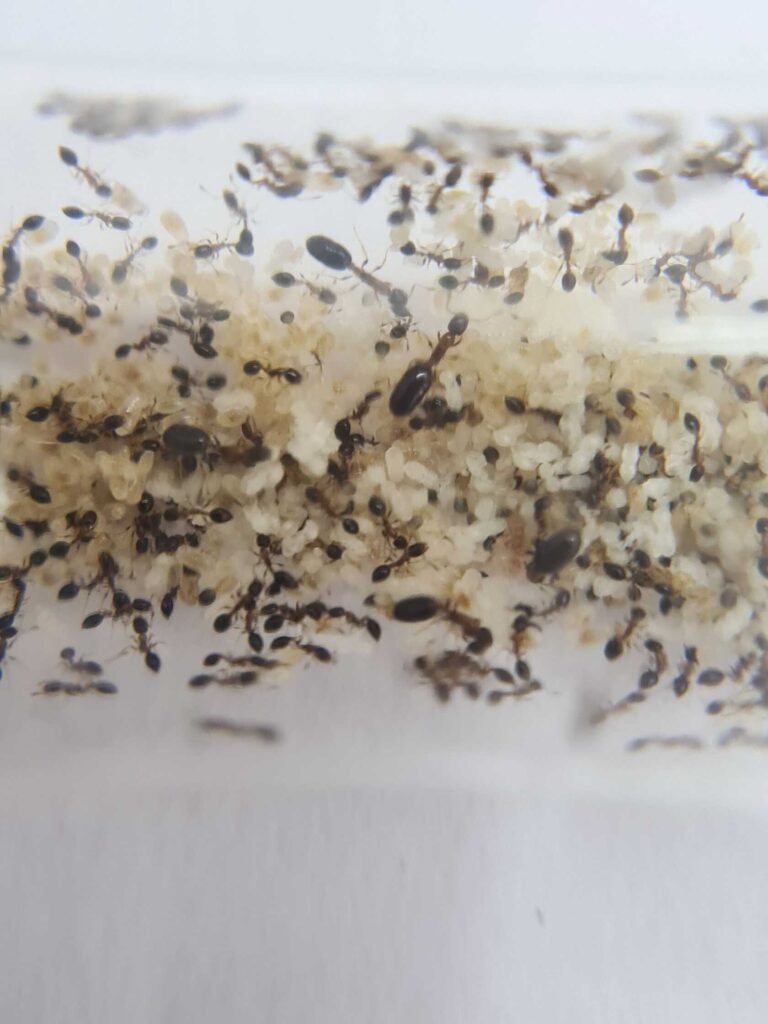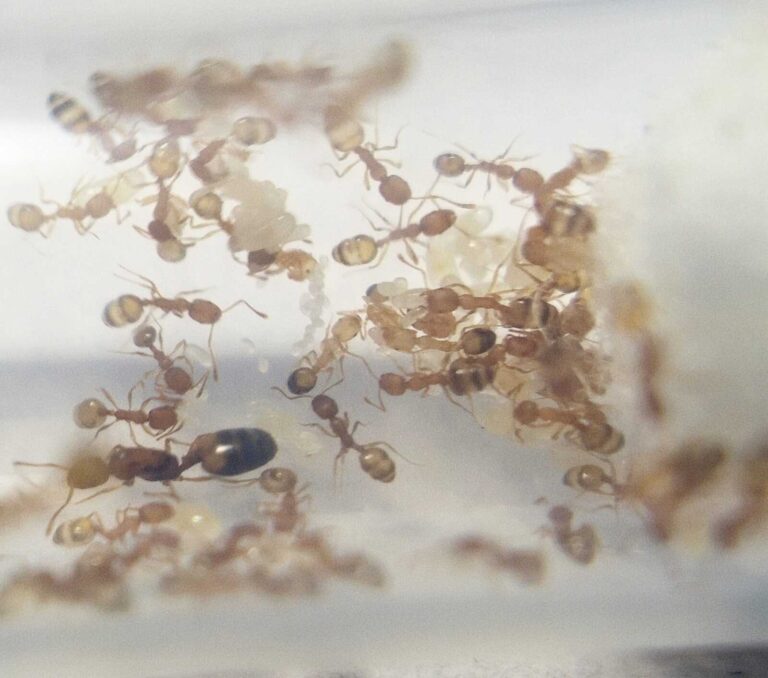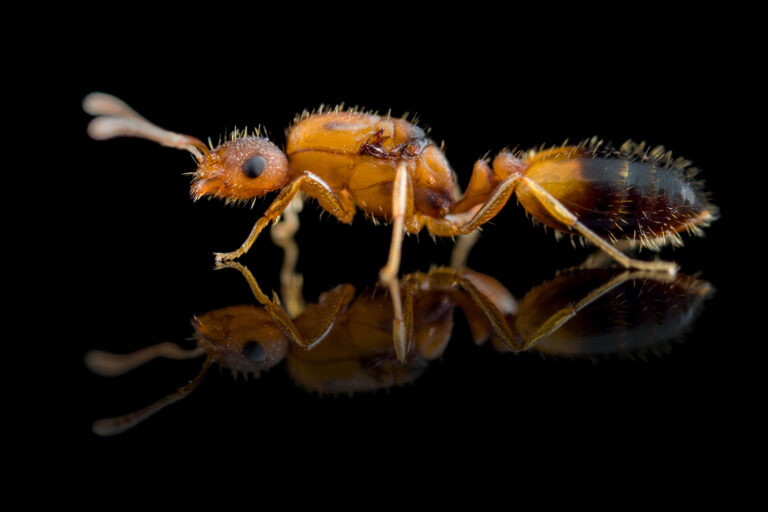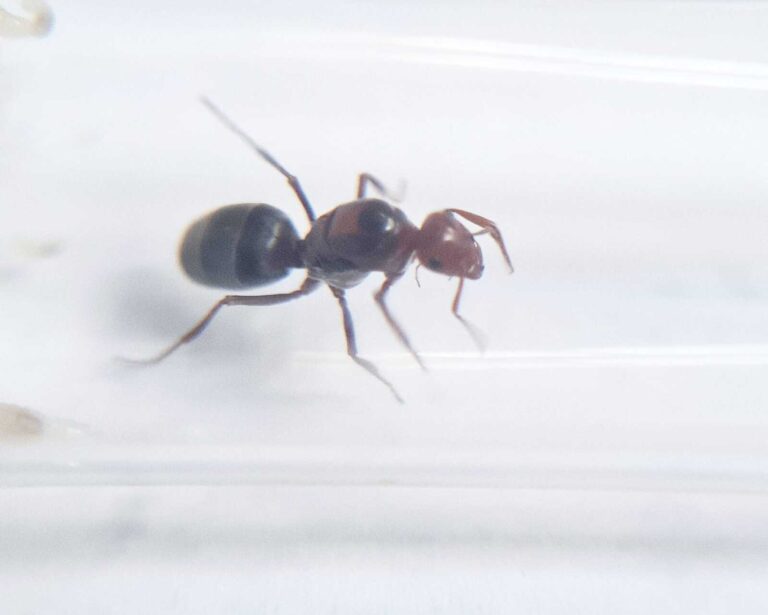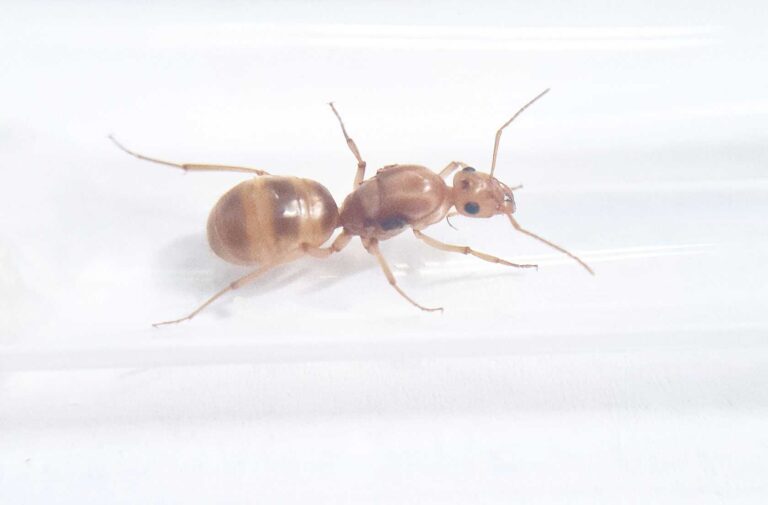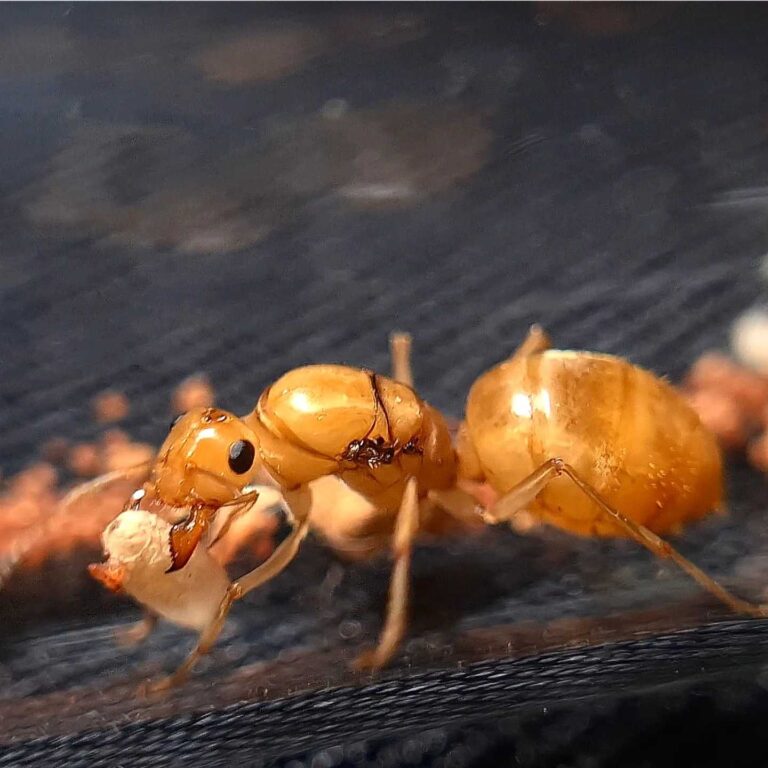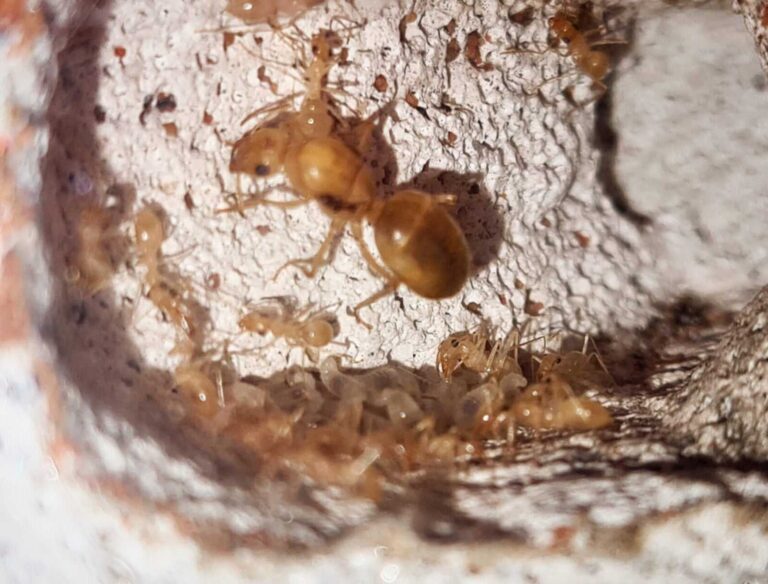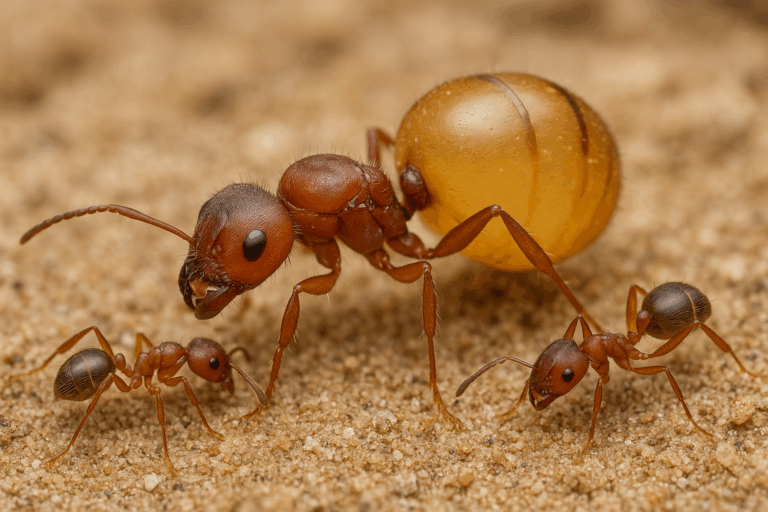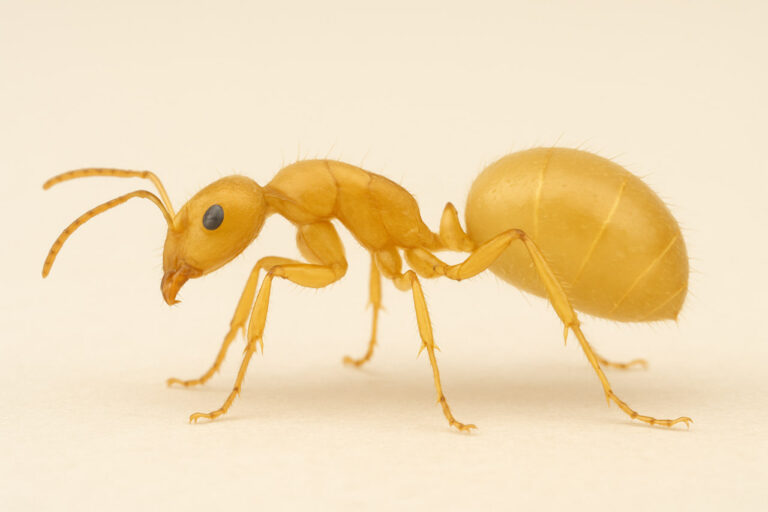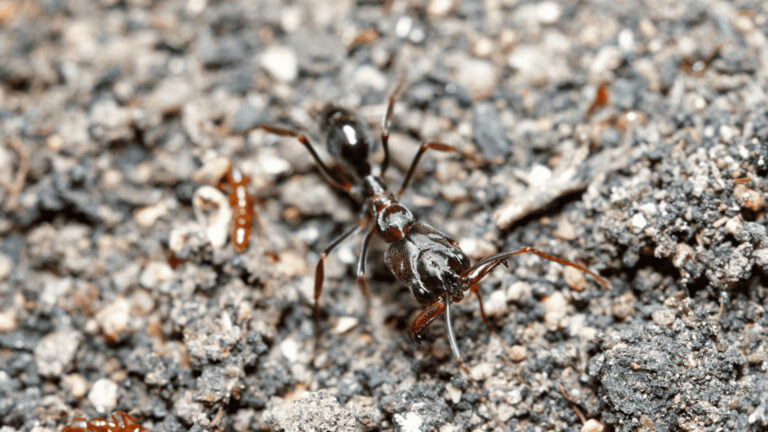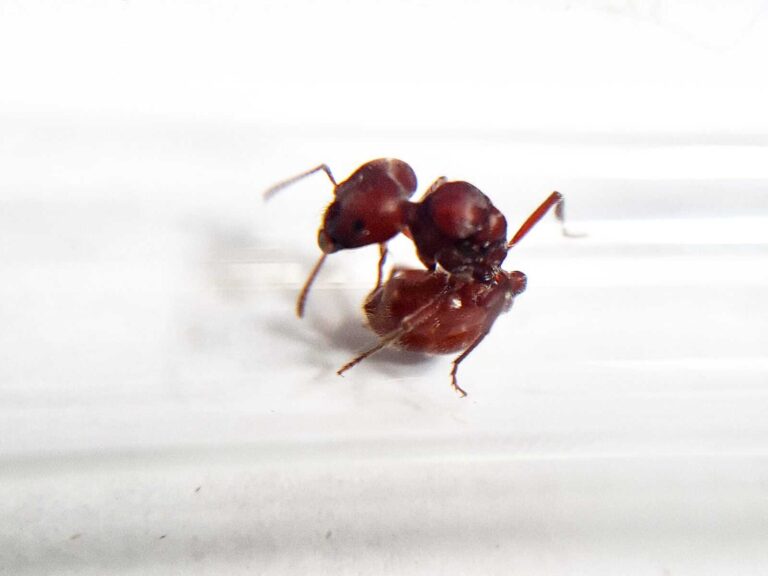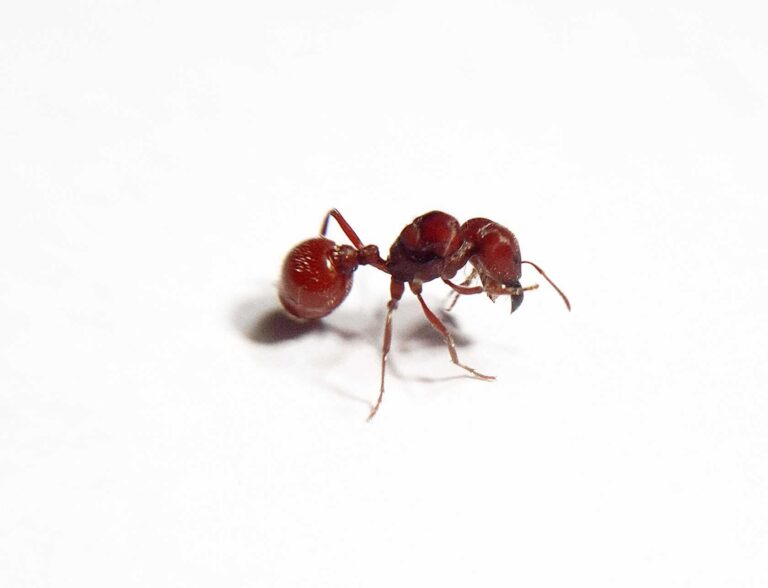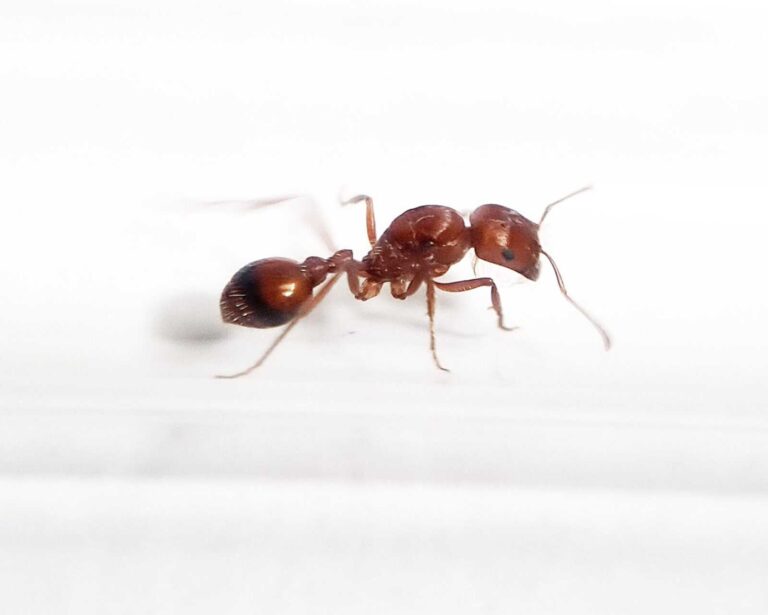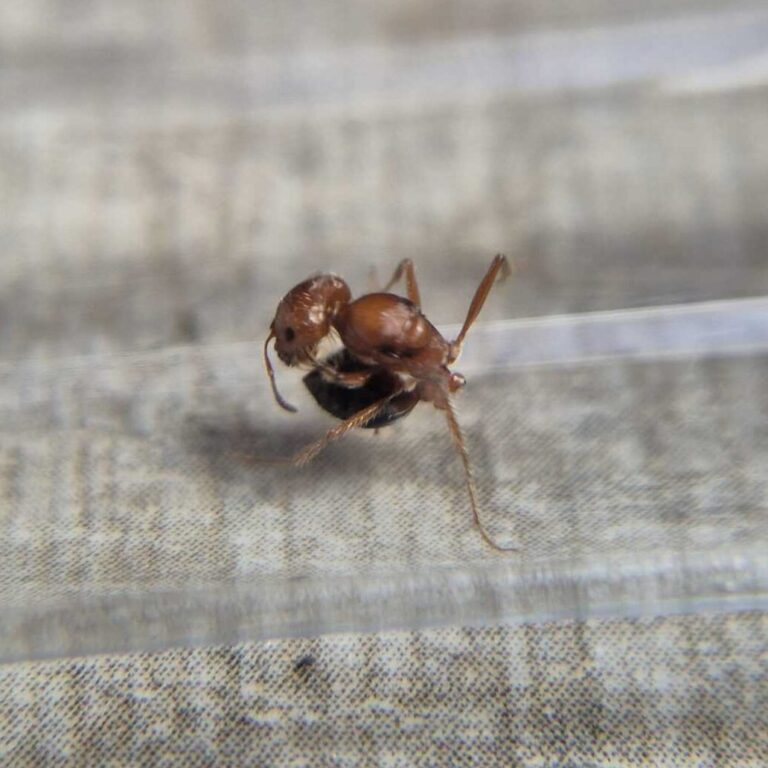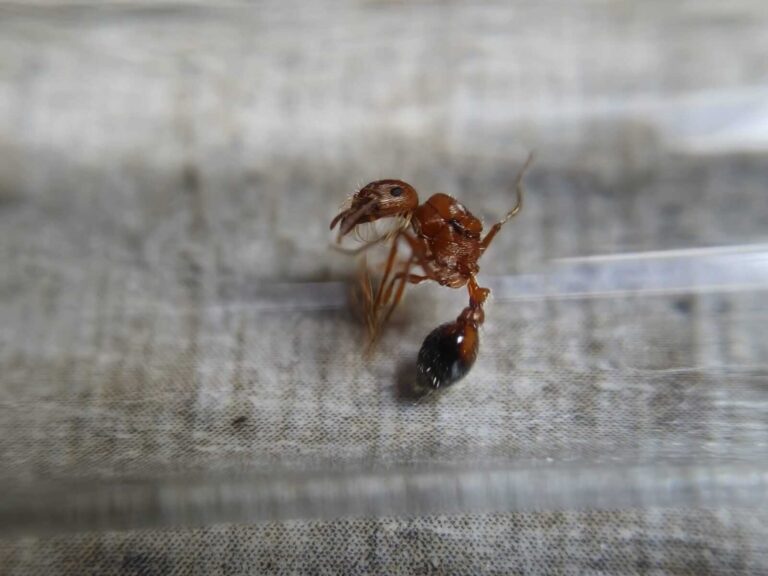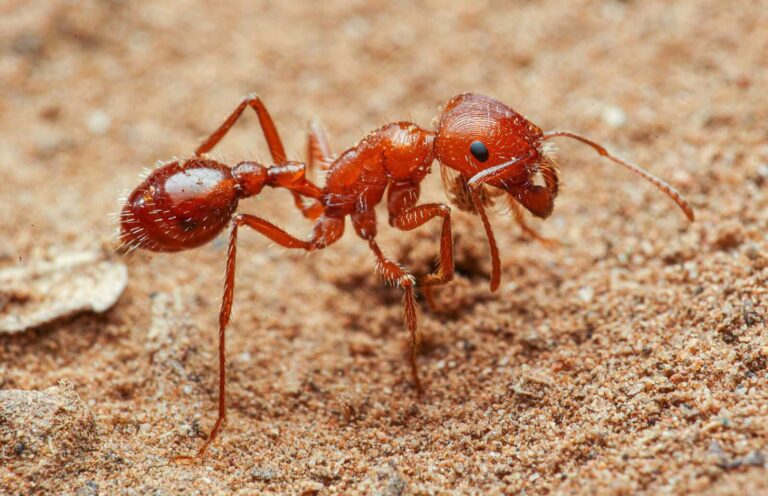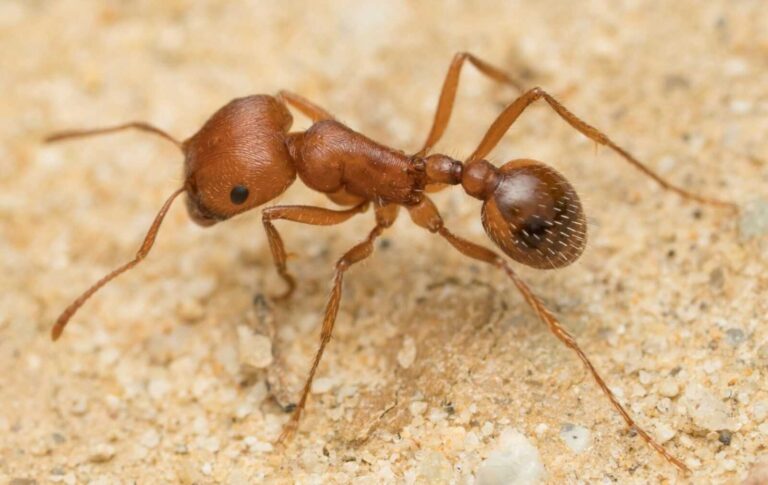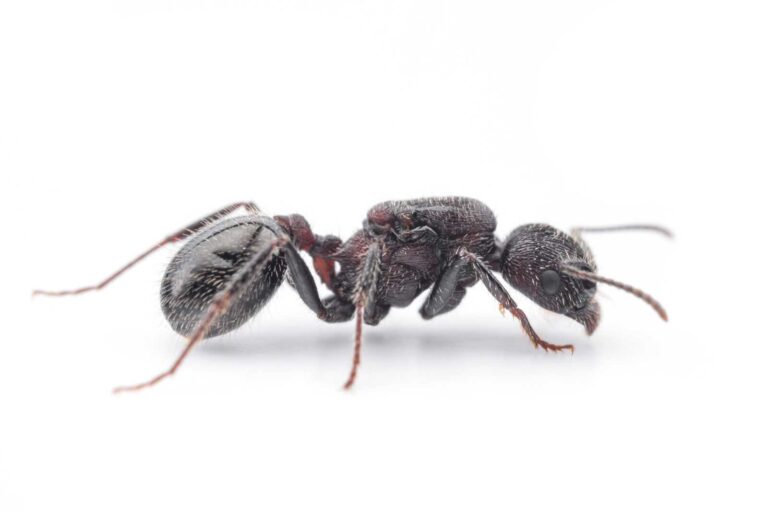Showing 21–37 of 37 results
Product categories
Stock status
Filter by price
Behavior
Number of workers
- Queen 35
- Queen and 1-3 workers 35
- Queen and 4-10 workers 34
- Queen and 11-20 workers 34
- Queen and 21-40 workers 34
- Queen and 41-60 workers 32
- Queen and 61-100 workers 22
- Queen and 101-200 workers 4
- Queen and 201-500 workers 3
- Queen and 501-1000 workers 1
- Queen and 1-50 workers 2
- Queen and 51-100 workers 2
- 2 Queens 3
- 2 Queens and 1-3 workers 1
- 2 Queens and 4-10 workers 1
- 2 Queens and 11-20 workers 1
- 2 Queen and 21-40 workers 1
- 2 Queens and 41-60 workers 1
- 2 Queens and 101-200 workers 3
- 2 Queens and 1-50 workers 2
- 2 Queens and 51-100 workers 2
- 2 Queens and 201-500 workers 3
- 2 Queens and 501-1000 workers 1
- 3 Queens 1
- 3 Queens and 1-3 workers 1
- 3 Queens and 4-10 workers 1
- 3 Queens and 11-20 workers 1
- 3 Queens and 21-40 workers 1
- 3 Queens and 41-60 workers 1
- 3 Queens and 61-100 workers 1
- 3 Queens and 1-50 workers 2
- 3 Queens and 51-100 workers 2
- 3 Queens and 101-200 workers 3
- 3 Queens and 201-500 workers 3
Origin
Filter by size
Crematogaster minutissima
309,90 zł – 429,90 złCrematogaster minutissima is a monogynous ant species with colonies of up to 10,000 workers. They have a fast development speed and the queen measures 5-7 mm while the workers are 2-3.5 mm in size. They are yellow, with a brownish-yellow tint. Their diet includes food insects, syrup, fruits, vegetables, jelly, and cooked chicken.
Lasius alienus
39,90 złLasius alienus is a species of ant commonly found in Europe and parts of Asia. It typically nests in soil, often under stones or in grassy areas. These ants are small, dark brown to black, and are known for their cooperative colony behavior. Lasius alienus plays an important role in the ecosystem by aerating soil and preying on small insects.
Lasius flavus
39,90 zł – 119,90 złLasius flavus is a peaceful, slow-growing species best suited for patient keepers who enjoy subtle colony dynamics over flashy surface activity. Their unique subterranean behavior, gentle disposition, and aphid-farming instincts make them a fascinating contrast to surface-foraging species like L. niger or L. alienus. Ideal for naturalistic setups and long-term observation, L. flavus offers a deep look into the hidden world beneath our feet.
Monomorium floricola
149,90 zł – 389,90 złThis is a polygynous ant colony with a size of 100,000 workers. The development rate is medium. The queen measures 5-6 mm, while the workers are 1.5-2 mm in size. The ants have a color variation of pale yellow to pale brown on their chest, and a dark brown or black head and belly. They feed on food insects, fruits, vegetables, and syrup.
Monomorium pharaonis
109,90 zł – 399,90 złThe Monomorium pharaonis is a formidable ant species with a polygynous colony structure, meaning it has multiple queens in a single colony. These colonies can consist of up to 1,000,000 workers, making them highly productive and efficient.
Myrmecocystus mendax
599,90 złThe Myrmecocystus mendax ant colony is polygynous, with a colony size of 10,000 workers. They have a medium development rate and range in size from 10-12mm for queens and 4-8mm for workers. They are reddish in color with a black back. They feed on food insects, fruits, vegetables. The recommended humidity for their arena is 40-60% and for their nest is 50-70%.
Myrmecocystus mexicanus
749,90 zł – 1329,90 złMyrmecocystus mexicanus is a species of ant that forms monogynous colonies with a size of 10,000 workers. They have a medium development rate and the queen is 14-16 mm in size while workers are 5-10 mm. The ants are orange-yellow in color and their nutrition consists of food insects, fruits, vegetables, and seeds. They require a humidity level of 40-60% in both the arena and nest, and the temperature in the arena should be maintained accordingly.
Myrmecocystus navajo
709,90 zł – 1179,90 złMyrmecocystus navajo is a monogynous ant species with a colony size of 10,000 individuals. They have a medium development rate and their queen is 11-12mm in size while workers are 4-8 mm. They are yellow in color and their nutrition consists of food insects, fruit, vegetables, and syrup. The humidity levels for their arena and nest should be maintained between 40-50% and 50-70% respectively, while the recommended temperature for their arena is 24-30 degrees Celsius.
Myrmecocystus romainei
699,90 złMyrmecocystus romainei is a rare, monogynous ant species native to arid regions of the southwestern United States. It is notable for its honey pot workers (repletes) that store liquid food in their swollen gasters. The queen measures around 11–12 mm, and workers range from 4–8 mm. This species typically shows a reddish to tan coloration, with a darker gaster. Like other Myrmecocystus, it thrives in warm, dry environments and has a medium development rate.
Myrmecocystus testaceus
549,90 zł – 869,90 złMyrmecocystus testaceus is a monogynous ant species with a medium development rate. Queens typically measure 11–12 mm, and workers range from 4–8 mm. This species is distinguished by its lighter, yellowish to orange-tan coloration (hence the name testaceus), often with a contrasting darker gaster. Like other Myrmecocystus species, it features honey pot workers (repletes) that store liquid food in their distended abdomens.
Odontomachus bauri
389,90 złThe Odontomachus bauri ant species is a polygynous colony with a size of up to 500 workers. They have a medium development speed and the queen and workers range from 10-12 mm and 10-11 mm in size respectively. The ants are brown in color with golden to reddish brown legs. Their diet consists of food insects and sweet fruit. They require a humidity level of 50-70% in both the arena and nest, and the temperature should be comfortable for their survival.
Pogonomyrmex badius
419,90 złPogonomyrmex badius is a species of ants that form monogynous colonies with up to 10,000 individuals. They have a medium development rate and the queen measures 12-14 mm while workers measure 6-10 mm. The ants are red-brown in color and feed on food insects and seeds. They require a humidity level of 40-60% in the arena and 50-60% in the nest.
Pogonomyrmex bicolor
319,90 złPogonomyrmex bicolor is a monogynous ant species with colony sizes of up to 10,000 individuals. They have a medium development rate and their queen measures 9-11 mm while workers measure 5-8 mm. They are red-brown in color and their diet consists of food insects and seeds. They require a humidity level of 40-60% in the arena and 50-60% in the nest.
Pogonomyrmex californicus
259,90 zł – 289,90 złPogonomyrmex subnitidus is an intriguing ant species with a strong sting and large colonies. This article will provide information on their colony type, size, development speed, color, nutrition, humidity, and temperature preferences. Consider keeping them as an extraordinary pet.
Pogonomyrmex maricopa
345,90 złPogonomyrmex maricopa is a monogynous ant species with colony sizes of up to 20 thousand individuals. They have a medium development rate and the queen measures 11-12 mm while workers measure 5-9 mm. They are red-brown in color and feed on food insects and seeds. They require humidity levels of 60-80% in the arena and 70-90% in the nest.
Pogonomyrmex subnitidus
309,90 złPogonomyrmex subnitidus is a species of ant that has a polygynous colony structure with up to 10-15 thousand individuals. They have a medium development speed and the queen and workers have different sizes. They are dark orange in color and feed on food insects and seeds. The humidity and temperature requirements for their habitat are specified as well.
Veromessor andrei
339,90 zł – 469,90 złVeromessor andrei is a monogynous ant species with a colony size of up to 5000 workers. They have a medium development rate and range in size from 9-11 mm for the queen and 3.5-8 mm for the workers. They are black or black-brown in color and their diet consists of food insects, syrup, and fruits. The recommended humidity levels for their arena and nests are 30-50% and 50%, respectively.



